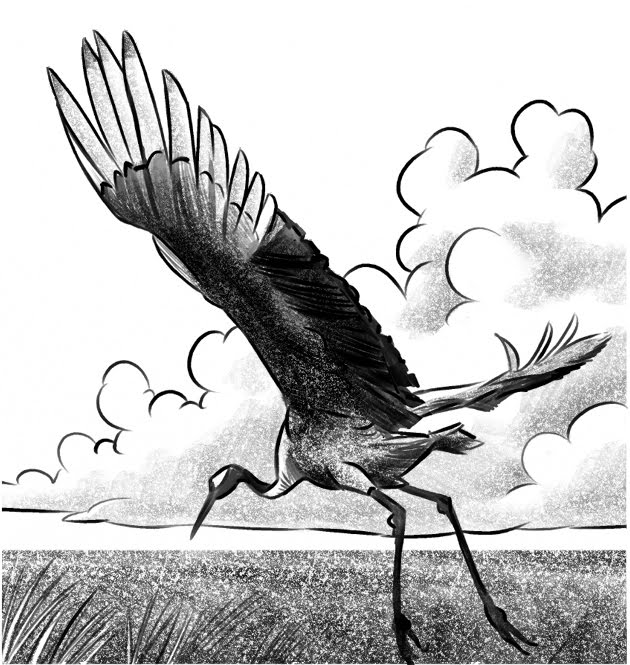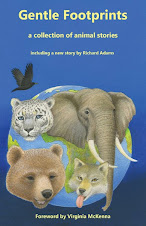
With its huge eyes and ears and its elongated fingers, this weird and wonderful lemur is without doubt the world’s most unusual primate. Long persecuted in its native Madagascar as an omen of death and evil, the aye-aye, like most of its lemur relatives, faces imminent extinction because of the added pressure of deforestation. This elusive species is the largest nocturnal primate and is the island’s answer to the woodpecker, as its specially adapted, flexible and skeletal third finger is used to find nutritious grubs and winkle them out from their woody burrows, in much the same way as a woodpecker’s beak.
Fast Facts
Type: Mammal
Diet: Omnivore
Average life span in captivity: 20 years
Size: Head and body, 14 to 17 in (36 to 43 cm); Tail, 22 to 24 in (56 to 61 cm)
Weight: 4 lbs (2 kg)
Protection status: Threatened
Did you know? Aye-ayes are the only primates thought to use echolocation to find prey.
Aye-ayes can be found only on the island of Madagascar. These rare animals may not look like primates at first glance, but they are related to chimpanzees, apes, and humans.
Aye-ayes are dark brown or black and are distinguished by a bushy tail that is larger than their body. They also feature big eyes, slender fingers, and large, sensitive ears. Aye-ayes have pointed claws on all their fingers and toes except for their opposable big toes, which enable them to dangle from branches.
The Aye-aye is classically considered 'solitary', but recent research suggests that they are more social than once thought. It usually sticks to foraging in its own personal home range, or territory. The home ranges of males often overlap and the males can be very social with each other. Female home ranges never overlap, though a male's home range often overlaps that of several females. The male Aye-Aye live in large areas that are up to 80 acres (320,000 m2) while female have smaller living space that goes up to 20 acres (81,000 m2). Regular scent marking with their cheeks and neck is a way that aye-ayes let others know of their presence and repel intruders from their territory.Like many other prosimians, the female Aye-aye is dominant to the male. The Aye-aye is not monogamous by any means, and often competes with each other for mates. Males are very aggressive in this regard, and sometimes even pull other males off a female during mating. Outside of mating, males and females interact only occasionally, usually while foraging.
The father will sometimes share food with the infant, but otherwise infants' primary source of social interaction is with their mothers. Mothers and infants often wrestle, chase, and play "peek-a-boo" for entertainment. After 13 weeks, infants are usually ready to interact with other young Aye-ayes, usually by play-fighting.
Cute baby
Efforts are being made to conserve these endangered animals, and the Durrell Jersey trust is working with the Madagascar Fauna group to facilitate this by methods which include habitat conservation as well as education of local people.







